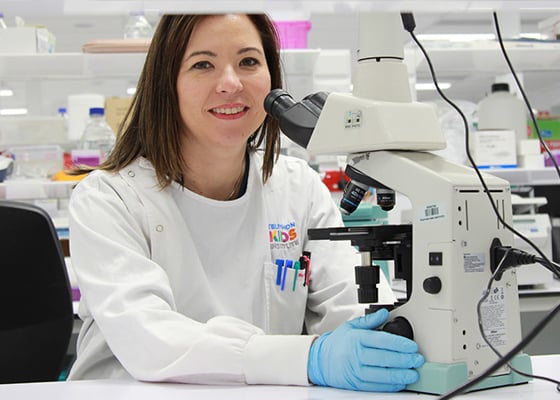Search
This role under the direction of the Chief Investigator, is responsible for managing the day to day running of an NHMRC funded project
Occupational Therapist
This is an exciting opportunity to join ORIGINS playing a key role in the coordination of the Project's data systems.
Research Fellow will provide clinical support for research in immunology/Allergy
PhD Student - Clinical Epigenetics
Research Project Coordinator, Health Promotion & Education Research

We identify, develop and commercialise the technologies and innovations developed by our scientists and clinicians.

What role will you play in creating a brighter and healthier future for our kids?

The Youth Mental Health team is looking for a diverse group of young people to help inform research into mental health in LGBTIQ+ young people.
Besides the challenges associated with their teenage years, adolescents with Type 1 Diabetes (T1D) encounter additional challenges of having a chronic condition.
